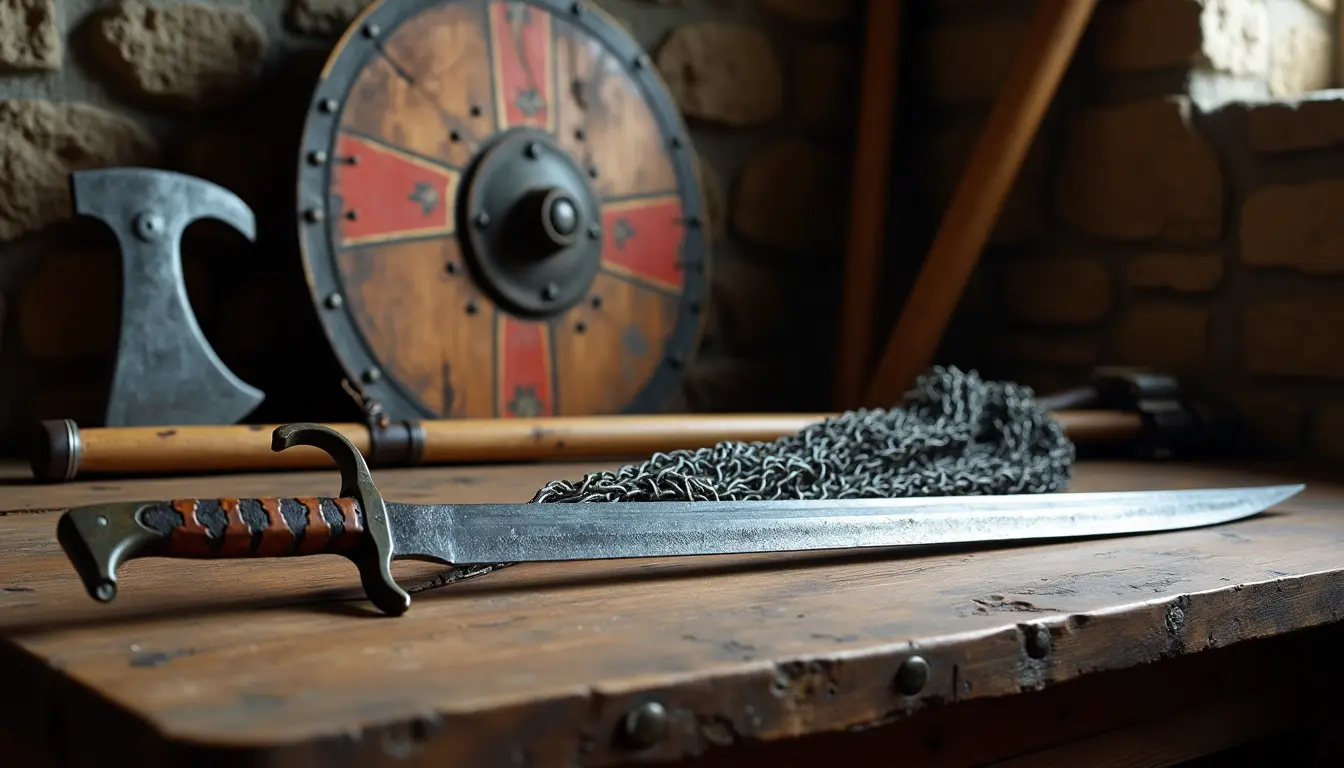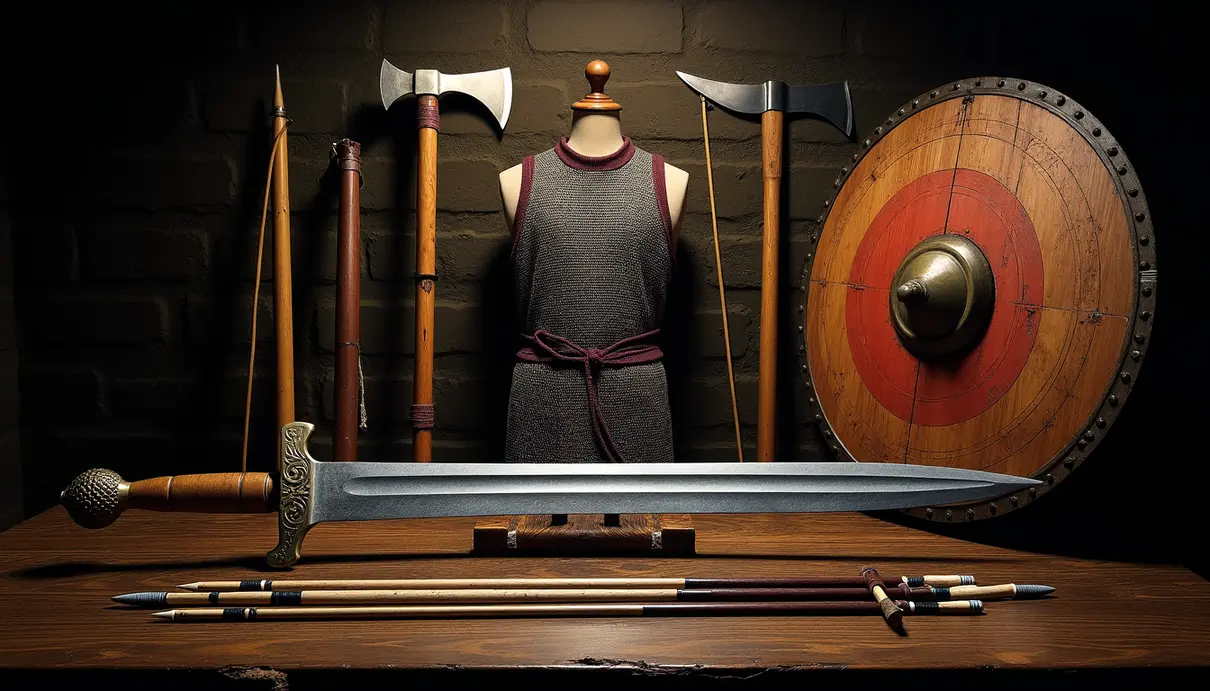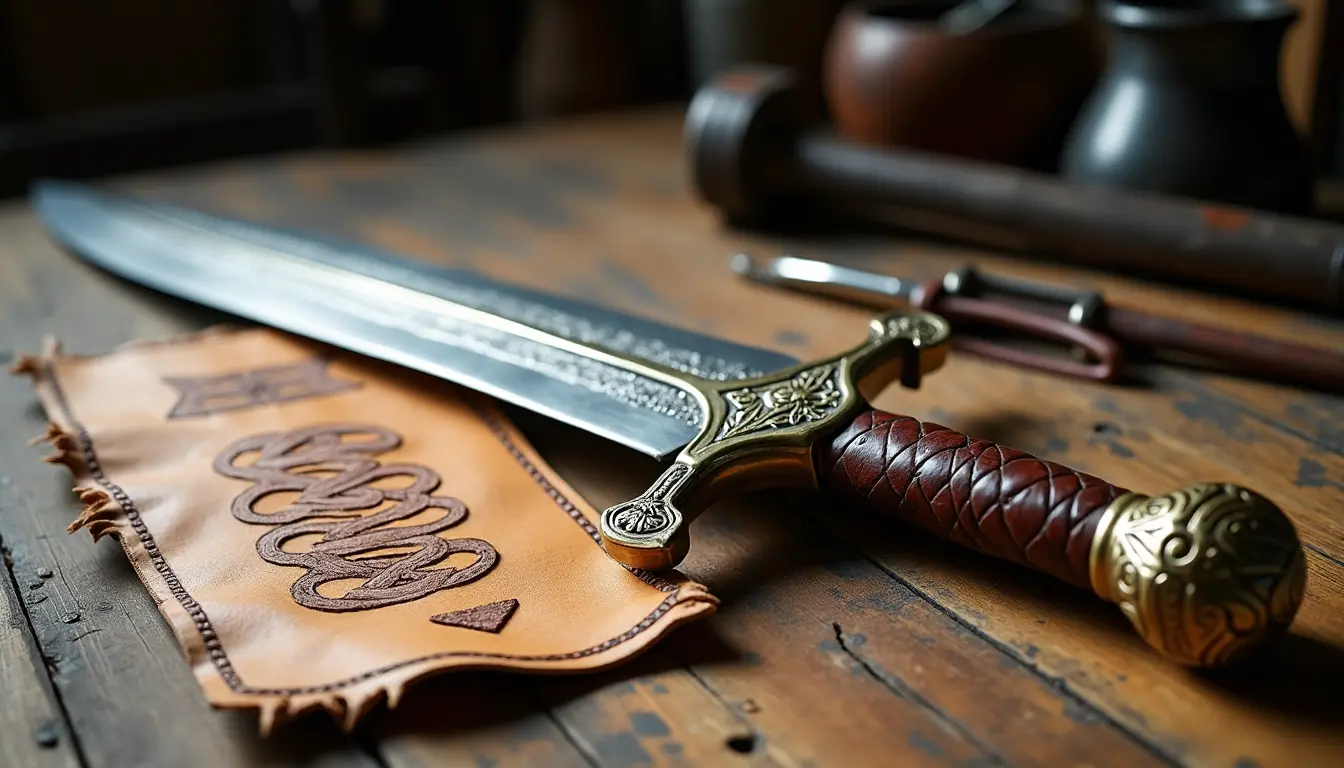

The Truth About Nordic Weapons: Separating Fact from Fiction
In the 10th century Germany, a Viking mail armor suit was valued at 820 silver coins, equivalent to the price of eight cows. This exorbitant cost sheds light on the significance of Nordic weapons in history. Contrary to popular belief perpetuated by modern media, the weapons used by Vikings were not ornate swords or double-headed axes, but rather practical tools like spears and single-headed axes. Archeological evidence reveals that Viking weaponry served functional purposes rather than merely being decorative.
The spear, measuring 2-3 meters in length and crafted from ash wood, was the weapon of choice for Vikings due to its practicality and ease of production. Most Viking axes were single-headed and served as both weapons and everyday tools. The scarcity of Viking helmets found by archeologists, with only six discovered including the famous Gjermundbu Helmet, further highlights the discrepancy between historical reality and popular imagination.
Video games often depict Nordic weapons inaccurately, showcasing elaborate designs and magical enchantments that are not historically accurate. Games like The Elder Scrolls V: Skyrim feature weapons like swords, axes, and war hammers with frost enchantments, but notably exclude spears which were a primary weapon for Vikings. These inaccuracies in video game designs have influenced public perception of Viking warfare, perpetuating myths about the weaponry used during that era.
In recent years, Hollywood has made efforts to portray Nordic weapons more accurately in films like The Northman, with assistance from archeologists like Neil Price. However, interpretations of iconic weapons like Thor’s hammer, Mjolnir, in the Marvel Cinematic Universe differ from historical accounts, incorporating fantastical elements not found in traditional Viking lore. Despite some creative liberties, modern Viking-themed productions have strived for authenticity in portraying weapons like spears and shields crafted from ash and lime wood.
Archeological experiments have challenged previous beliefs about Viking combat techniques, revealing that the traditional shield wall formation was not as common as once thought. Viking shields, measuring 75-90 centimeters in diameter, were primarily used for individual combat and deflection rather than forming a solid wall. Warriors utilized a variety of weapon combinations, including spears for throwing and thrusting, as well as hidden axes for surprise attacks.
Viking combat training focused on physical conditioning, weapon mastery, and tactical exercises, with young warriors beginning training at age 12. The Combat Glima fighting system incorporated throws, takedowns, and weapon techniques, culminating in sparring matches to keep warriors battle-ready. Recent experimental archeology and modern recreations have provided valuable insights into Viking weaponry, revealing the practicality and sophistication of their weapons and combat strategies.
Reenactors and experimental archeologists have played a crucial role in reconstructing and understanding Nordic weapons, shedding light on how Vikings used shields and weapons in practice. These experts have uncovered unexpected discoveries, such as the active use of round shields as offensive weapons. Modern blacksmiths specializing in historical replicas have created exact copies of Viking weapons, using old techniques and materials to match the craftsmanship of the original weapons.
In conclusion, while modern media may shape public perception of Nordic weapons, historical evidence and archeological findings provide a more accurate depiction of Viking warfare. The practicality and functionality of Viking weapons, such as spears and single-headed axes, highlight the sophistication of their warrior culture. Through ongoing research and authentic recreations, our understanding of Viking weaponry continues to evolve, deepening our appreciation for these remarkable warriors and their weapons.







